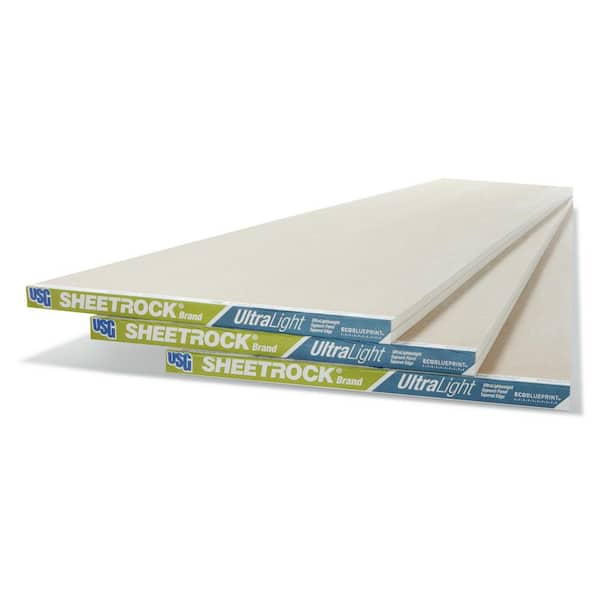Water damage to drywall is a common issue faced by homeowners and can occur due to various reasons such as leaks, floods, or plumbing issues. If left unaddressed, water damage can lead to mold growth, structural damage, and compromised aesthetics. In this blog post, we will explore the question Can water damaged drywall be repaired? and provide professional insights on effective techniques and tips for restoring water damaged drywall.
- Assessing the Extent of Water Damage:
Before initiating any repairs, it is crucial to assess the extent of water damage. This involves identifying the source of water intrusion, determining the affected area, and evaluating the severity of damage. By understanding the scope of the problem, you can plan the appropriate repair strategy. - Safety Precautions:
When dealing with water damaged drywall, it is essential to prioritize safety. Wear protective gear such as gloves, goggles, and a mask to prevent exposure to mold spores or other contaminants. Ensure proper ventilation in the affected area to minimize health risks. - Drying Techniques:
To repair water damaged drywall, it is crucial to thoroughly dry the affected area. Use dehumidifiers, fans, and open windows to facilitate air circulation and expedite the drying process. Additionally, consider using moisture meters to monitor the moisture levels in the drywall and ensure it is adequately dried before proceeding with repairs. - Removing Damaged Drywall:
If the water damage is extensive or the drywall is severely compromised, it may be necessary to remove the damaged sections. Cut out the affected areas using a utility knife or a drywall saw, ensuring clean and straight edges. Take caution not to damage the underlying structure. - Mold Prevention and Treatment:
Water damage often leads to mold growth, posing health risks and further damage to the drywall. Apply an antimicrobial solution to the affected areas to prevent mold growth. If mold is already present, consult a professional mold remediation service to ensure proper treatment and removal. - Repairing Drywall:
Once the affected area is dry and mold-free, it's time to repair the drywall. Start by applying a primer to the exposed surfaces to enhance adhesion. Use joint compound and a putty knife to fill in the gaps and smooth the surface. Sand the repaired area for a seamless finish. Finally, apply a coat of paint that matches the surrounding wall to restore the aesthetics. - Regular Maintenance and Prevention:
To prevent future water damage, it is essential to address the root cause. Regularly inspect plumbing systems, roofs, and windows for leaks or potential sources of water intrusion. Promptly fix any issues to avoid recurring water damage to the drywall.
Conclusion:
Water damaged drywall can be effectively repaired by following a systematic approach that includes assessing the damage, ensuring safety, drying techniques, removing damaged sections, mold prevention and treatment, and proper repair techniques. By promptly addressing water damage and taking preventive measures, homeowners can restore their drywall's integrity, aesthetics, and ensure a healthy living environment.




More Stories
The Versatility of Fiberglass Woven Cloth in Industrial Applications
Water Based Car Spray Booth Solutions for Automotive Paint Systems
Shoring Props Explained: Types, Uses, and Safety Tips for Construction Projects